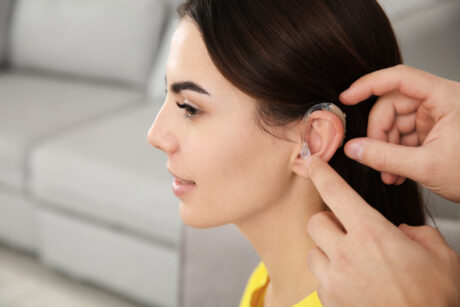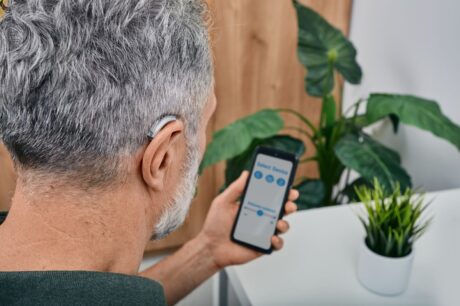We’ve seen a robust growth in digital technology over the past decades. And while a lot of industries have gained a benefit or 2 from this shift, the hearing segment is not one to lag behind. In 1996, the first fully digital hearing aid model was introduced to the public. And in mid 2000s, it was already comprising more than half of the hearing aid market.
The use of hearing aids are not merely to amplify sounds anymore. Technology has made it possible to improve the device even more in terms of aesthetics and functionality. Here in this article, we’re taking you through each of the features one by one in order to help you understand the difference between analog and digital hearing aid better.
1. Highly Programmable
Digital hearing aids are programmable to the wearer’s needs. An audiologist can adjust the device’s settings to suit to your hearing situation so that it functions the way you need it to. For example is the sound processing, which can be tuned to your everyday environment such as home, parties, theatres, etc.
2. More Accurate Sound
One of the most important benefits of digital hearing aid is its improved ability to distinguish what a real sound is. Through this, unwanted background noises are reduced, making voices more perceivable especially when user is present in a noisy environment.
3. Directionality
One of the biggest advancement in the digital hearing aid technology is its directionality feature. Directional systems contain a minimum of 2 microphones. This allows the hearing aid to focus on specific sounds depending on the direction and arrival time to the microphones. With the help of this feature, the device is able concentrate on amplifying the sounds in front of the wearer, rather than the voices around him.
4. Reduced Feedback
The reason why most people are reluctant to wear the device is because of the negative stigma brought about by feedbacks — the annoying, whistling sound produced by hearing aids. Digital technology allows innovators to manage these squeaking sounds by anticipating and reducing them at once.
5. Smaller Design
Another reason why people, especially the younger ones, are hesitant to get a hearing test and admit that they need a hearing aid, is because of aesthetic reasons. Hearing aids used to be so bulky. But with the birth of microchip, it has been made possible to create smaller and sleeker ones. There are even hidden hearing aids available out there that are almost invisible to the eye.
6. Bluetooth Connectivity
Smartphone-ready hearing aids are now a thing. This means the device can be used in conjunction with bluetooth-enabled devices such as mobile phones, iPad, or laptop in order to make calls and listen to music or audiobooks.
True enough, the continuous evolution of the digital world have highly benefited the hearing aid industry. Many wearers can attest to the improved functionality of digital hearing aids because of the significant changes it has brought to the lives of countless people.
If you want to know more about the different digital hearing aid products, feel free to check us out here at Listening Lab.
About The Listening Lab
Listening Lab is a home-grown company whose mission is to help our clients restore their hearing to enjoy the life that they desire. Experiencing hearing loss can be detrimental to one’s quality of life. Hence we commit to providing high-quality hearing solutions.
Our hearing solutions include hearing tests and treatment and prescribing hearing aids. Clients may come to get their hearing checked, and we will assess whether hearing aids are required.
If hearing aids are required, clients can choose from a variety of the best hearing aid brands we provide. Each of the products offers unique features that complement daily use and perform well in helping our clients enjoy the life that they desire.











